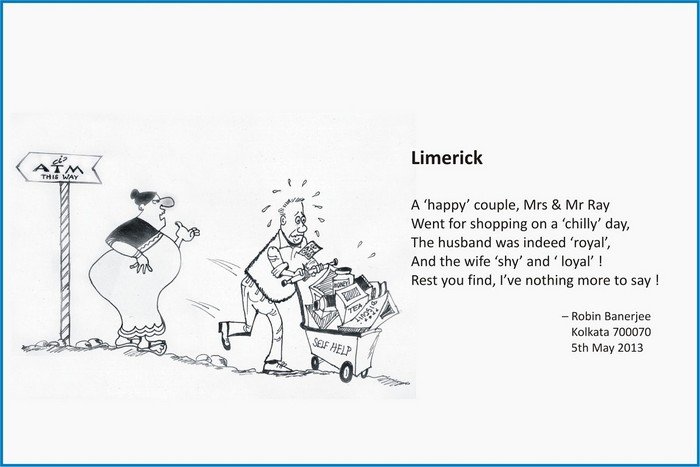“Where the Sidewalk Ends” is a beloved poem by Shel Silverstein, celebrated for its whimsical and imaginative portrayal of a place beyond the boundaries of everyday life. Written in a playful and rhythmic style, the poem captures the essence of childhood wonder and adventure. Shel Silverstein, a renowned poet and children’s author, crafted this poem as part of his iconic collection that continues to resonate with readers of all ages.
Theme Exploration
The central themes explored in “Where the Sidewalk Ends” encompass a spectrum of emotions and ideas deeply rooted in childhood and the human imagination. Themes include:
Childhood: The poem evokes the innocence and wonder of childhood, where mundane sidewalks give way to fantastical realms.
Imagination: It celebrates the power of imagination to transcend ordinary boundaries and explore limitless possibilities.
Escapism: There’s a theme of escapism, offering a retreat from the constraints of reality into a world where dreams come alive.
Nostalgia: It stirs feelings of nostalgia for a simpler time, invoking memories of carefree days and boundless creativity.
Freedom: The poem suggests the freedom found in embracing one’s imagination and breaking away from societal norms.
Boundary Between Reality and Fantasy: It explores the blurred line between what is real and what is imagined, inviting readers to ponder the possibilities beyond conventional limits.
Symbolism
The symbolism in “Where the Sidewalk Ends” revolves around the metaphorical sidewalk, which acts as a threshold between the mundane world and a realm of fantasy and dreams. The place “where the sidewalk ends” symbolizes a departure from the ordinary into a realm where imagination reigns supreme. It represents a gateway to creative exploration and a sanctuary from the pressures of adult life. The imagery of this boundary underscores the poem’s theme of escape and the allure of embracing one’s inner child.
See also: Who Is The Antagonist In The Raven Poem?
Imagery and Language
Shel Silverstein’s use of imagery and language in “Where the Sidewalk Ends” is characterized by vivid descriptions and playful language that captivate readers of all ages. The poem is rich in sensory imagery, painting whimsical scenes that transport readers to a world of possibility. Silverstein’s rhythmic patterns and wordplay enhance the poem’s emotional impact, evoking a sense of wonder and nostalgia. His use of simple yet evocative language resonates with readers, making the poem accessible while conveying profound themes of freedom and imagination.
Emotional Resonance
The emotional resonance of “Where the Sidewalk Ends” lies in its ability to evoke a range of feelings, from joy and wonder to nostalgia and yearning. It taps into universal emotions associated with childhood innocence and the longing for unfettered exploration. The poem’s whimsical tone and imaginative imagery invite readers to rediscover the joys of creativity and the beauty of embracing one’s dreams. It resonates with adults who fondly recall their own childhoods and with children who are just beginning to discover the boundless possibilities of their imaginations.
Interpretation and Analysis
Interpreting “Where the Sidewalk Ends” involves analyzing its textual evidence and delving into its layers of meaning. At its core, the poem encourages readers to embrace their inner child and to cultivate a sense of wonder and curiosity. It challenges societal norms that stifle creativity and celebrates the transformative power of imagination. Different interpretations highlight the poem’s role in inspiring generations of readers to explore the world through a lens of creativity and to cherish the magic found in everyday moments.
Impact and Legacy
“Where the Sidewalk Ends” continues to leave a lasting impact on literature and popular culture. Its enduring legacy lies in its ability to captivate readers across generations and cultures. The poem’s themes of imagination, freedom, and nostalgia resonate with readers of all ages, making it a timeless piece of children’s literature. Shel Silverstein’s unique blend of whimsy and wisdom has secured his place as a beloved author whose works continue to inspire and enchant readers worldwide.
FAQs about “Where the Sidewalk Ends”
1. What is the metaphor in “Where the Sidewalk Ends”?
The metaphor in “Where the Sidewalk Ends” lies in the title itself. The sidewalk represents the boundary between the known and the unknown, the ordinary and the fantastical. It symbolizes the limits of conventional life and the threshold beyond which imagination and creativity can flourish.
2. What is the symbolism of “Where the Sidewalk Ends”?
The symbolism of “Where the Sidewalk Ends” revolves around the sidewalk as a metaphorical boundary. It symbolizes the transition from the mundane world to a realm of imagination and dreams. The place “where the sidewalk ends” represents freedom, escape from societal constraints, and the exploration of limitless possibilities.
3. What is the theme of the end of the sidewalk?
The theme of the end of the sidewalk encompasses themes of childhood innocence, imagination, escapism, nostalgia, and the boundary between reality and fantasy. It explores the desire to break free from conformity and embrace the wonders of creativity and exploration.
4. What is controversial about “Where the Sidewalk Ends”?
One of the controversial aspects of “Where the Sidewalk Ends” is its portrayal of childhood and the tension between innocence and the darker realities of life. Some interpretations suggest that Shel Silverstein’s whimsical style may mask deeper themes that challenge conventional norms or provoke thought on sensitive topics. The poem’s accessibility to children while addressing complex themes has sparked discussions among educators and parents about its appropriateness and interpretation.

